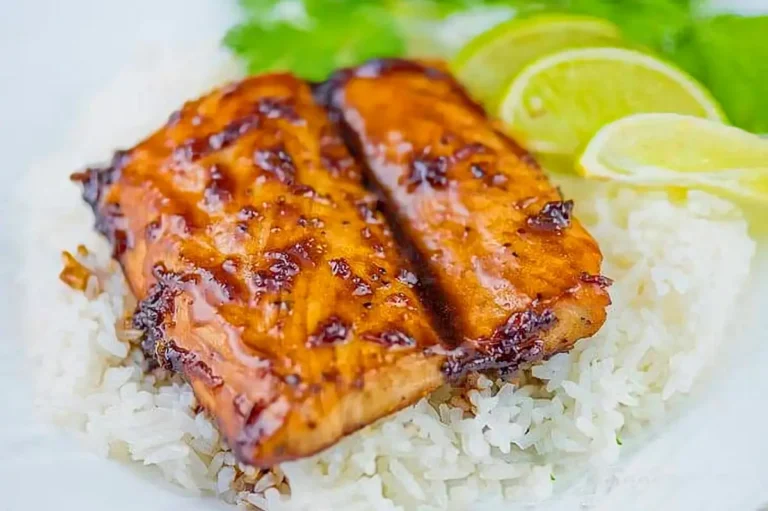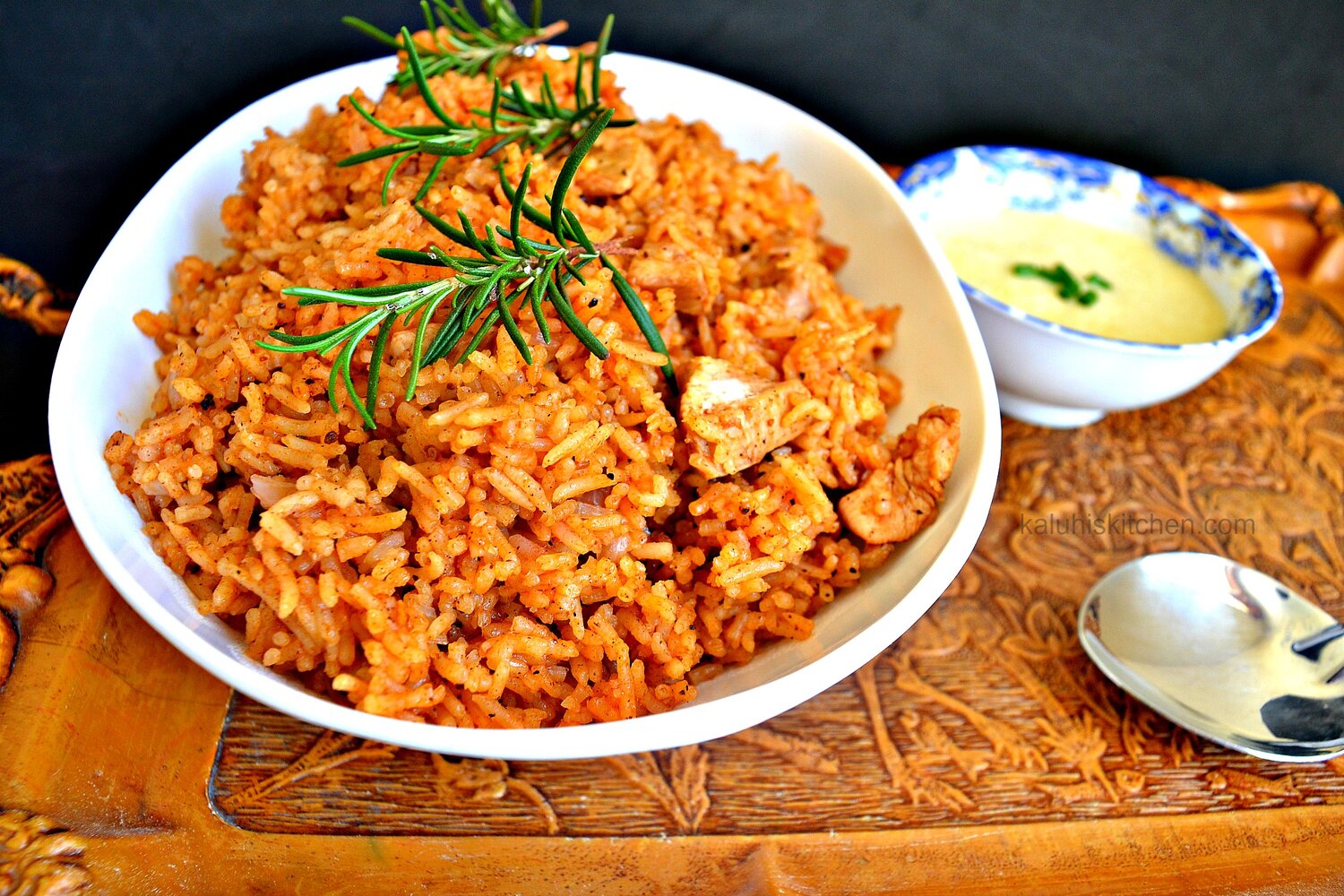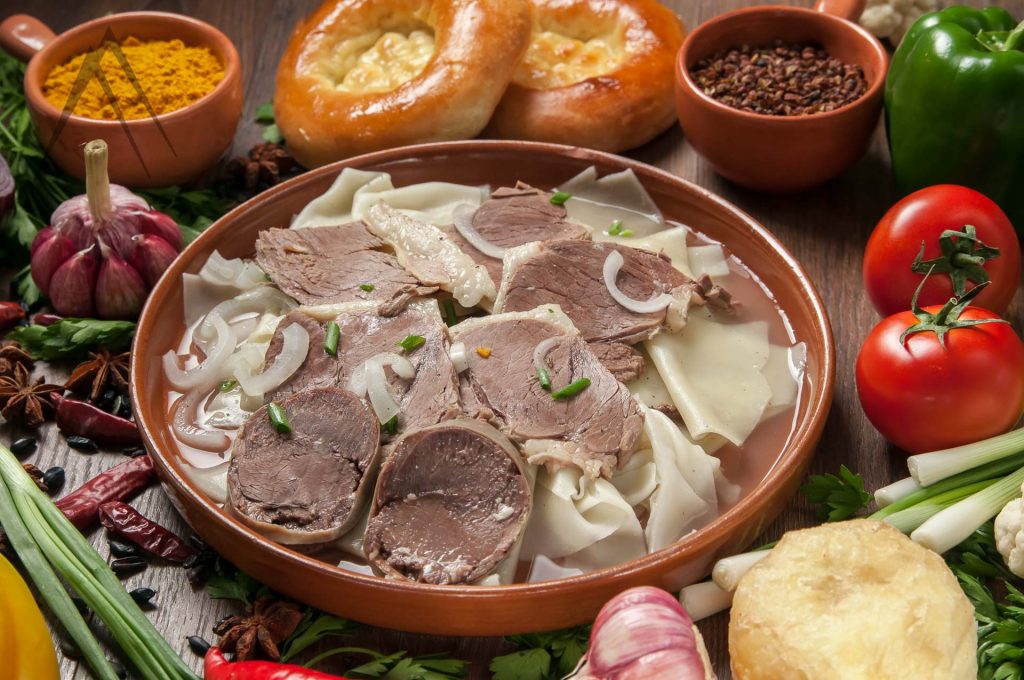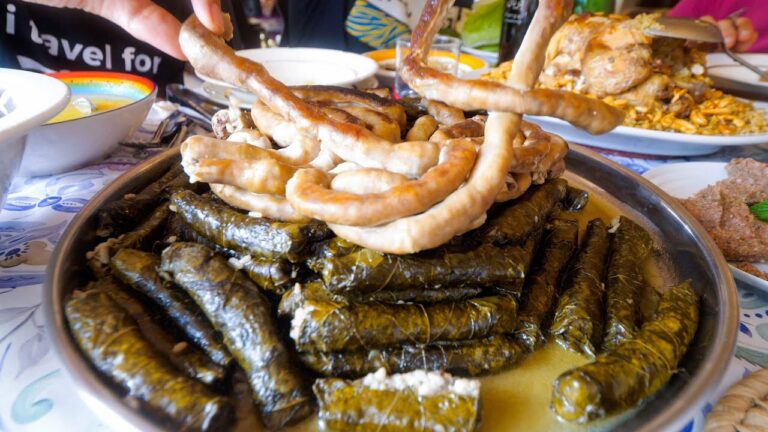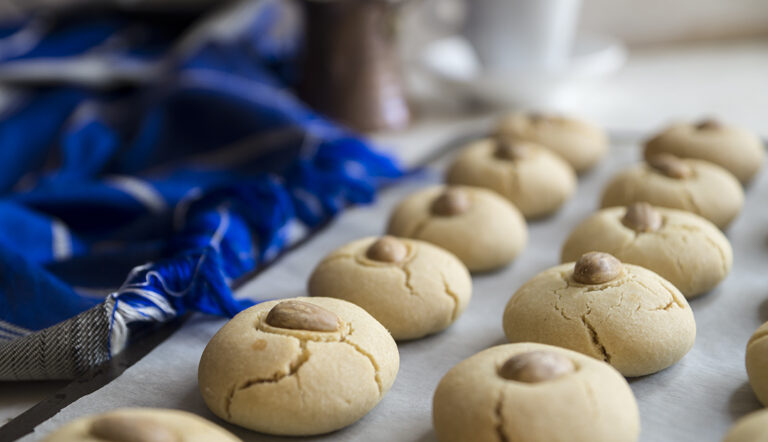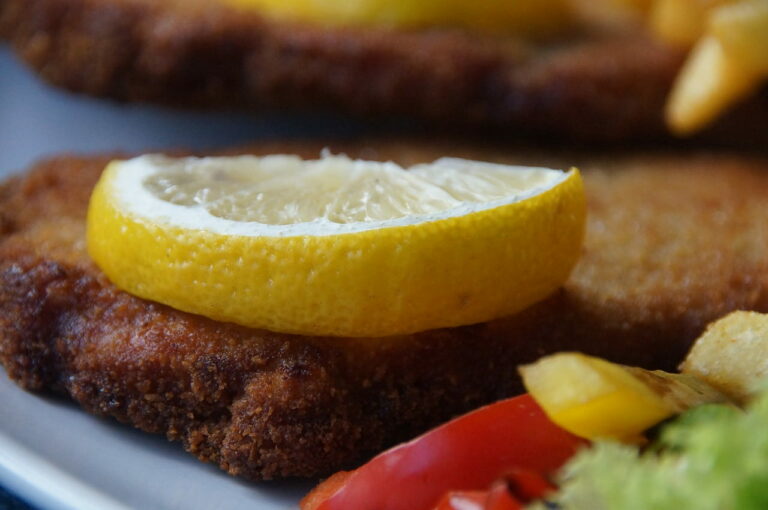Introduction to Kuwaiti Cuisine
Kuwaiti cuisine is a reflection of the country’s rich history and diverse culture. It is a fusion of Arabian, Persian, Indian, and Egyptian culinary traditions. The cuisine is known for its flavorful spices, herbs, and unique cooking techniques that have been passed down from generation to generation. Kuwaiti cuisine is heavily influenced by the country’s geographical location and the availability of ingredients such as dates, fish, and other seafood.
Importance of Snacks and Appetizers in Kuwaiti Culture
In Kuwaiti culture, snacks and appetizers play an integral role in social gatherings and family gatherings. These small dishes are usually served before the main course and are meant to whet the appetite. The small bites also serve as a conversation starter and are enjoyed with tea, coffee, or other beverages. Traditional snacks and appetizers are an essential part of Kuwaiti hospitality and are offered to guests as a sign of respect and goodwill.
Traditional Kuwaiti Snacks and Appetizers
Kuwaiti cuisine boasts a vast array of traditional snacks and appetizers that are enjoyed by locals and tourists alike. Some of the most popular snacks and appetizers include cheese-filled samboosas, kebab skewers, and stuffed grape leaves. Other dishes include hummus, fattoush, and labneh, which are typically served with fresh bread. Kuwaiti cuisine also features a variety of vegetarian and vegan options, including falafel, stuffed zucchini, and vine leaves.
Samboosa – A Popular Kuwaiti Snack
Samboosa, also known as samosa, is one of the most popular snacks in Kuwaiti cuisine. These small, triangular pastries are filled with spiced meats, vegetables, or cheese and then deep-fried until golden brown. Samboosas are typically served as an appetizer or snack and are enjoyed with chutney or yogurt dip. They are also a popular street food and can be found in food carts and markets throughout Kuwait.
Machboos – An Iconic Kuwaiti Appetizer
Machboos is a rice dish that is considered an iconic Kuwaiti appetizer. This flavorful dish is made with fragrant rice, marinated meat, and a blend of spices that includes cumin, coriander, and cinnamon. It is typically served with a side of yogurt dip and is a staple at traditional Kuwaiti gatherings.
Gers Ogaili – A Traditional Kuwaiti Dessert
Gers Ogaili is a traditional Kuwaiti dessert that is made with dates, flour, and ghee. The dessert is typically served during Ramadan and other special occasions and is a symbol of Kuwaiti hospitality. Gers Ogaili is a sweet and sticky treat that is enjoyed with tea or coffee and is a perfect way to end a meal.
In conclusion, Kuwaiti cuisine is a unique blend of flavors and traditions that have stood the test of time. The importance of snacks and appetizers in Kuwaiti culture cannot be overstated, as they are an essential part of the country’s hospitality and social gatherings. From samboosas to Machboos and Gers Ogaili, Kuwaiti cuisine offers a wide range of options that are sure to delight any food lover.


